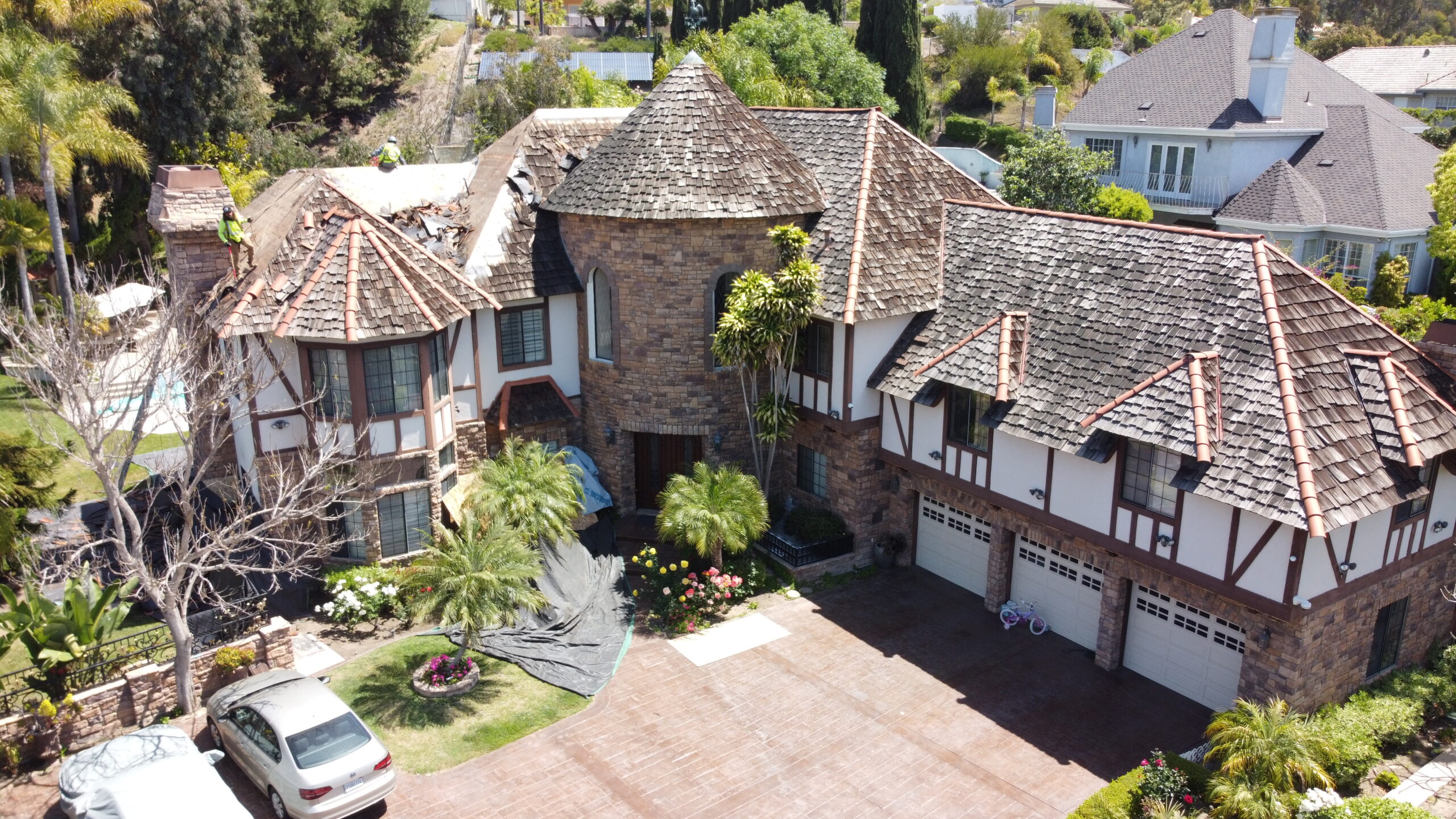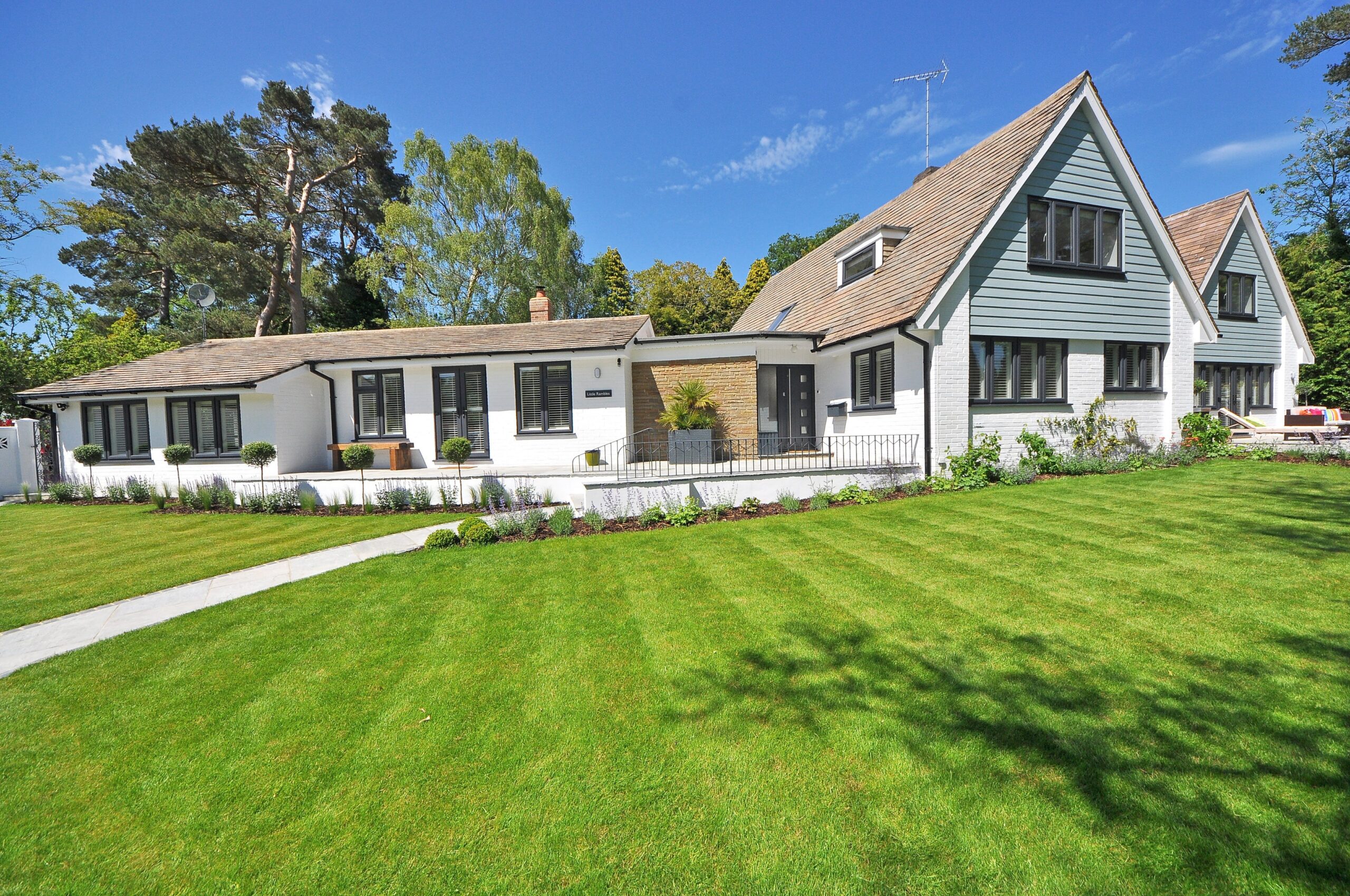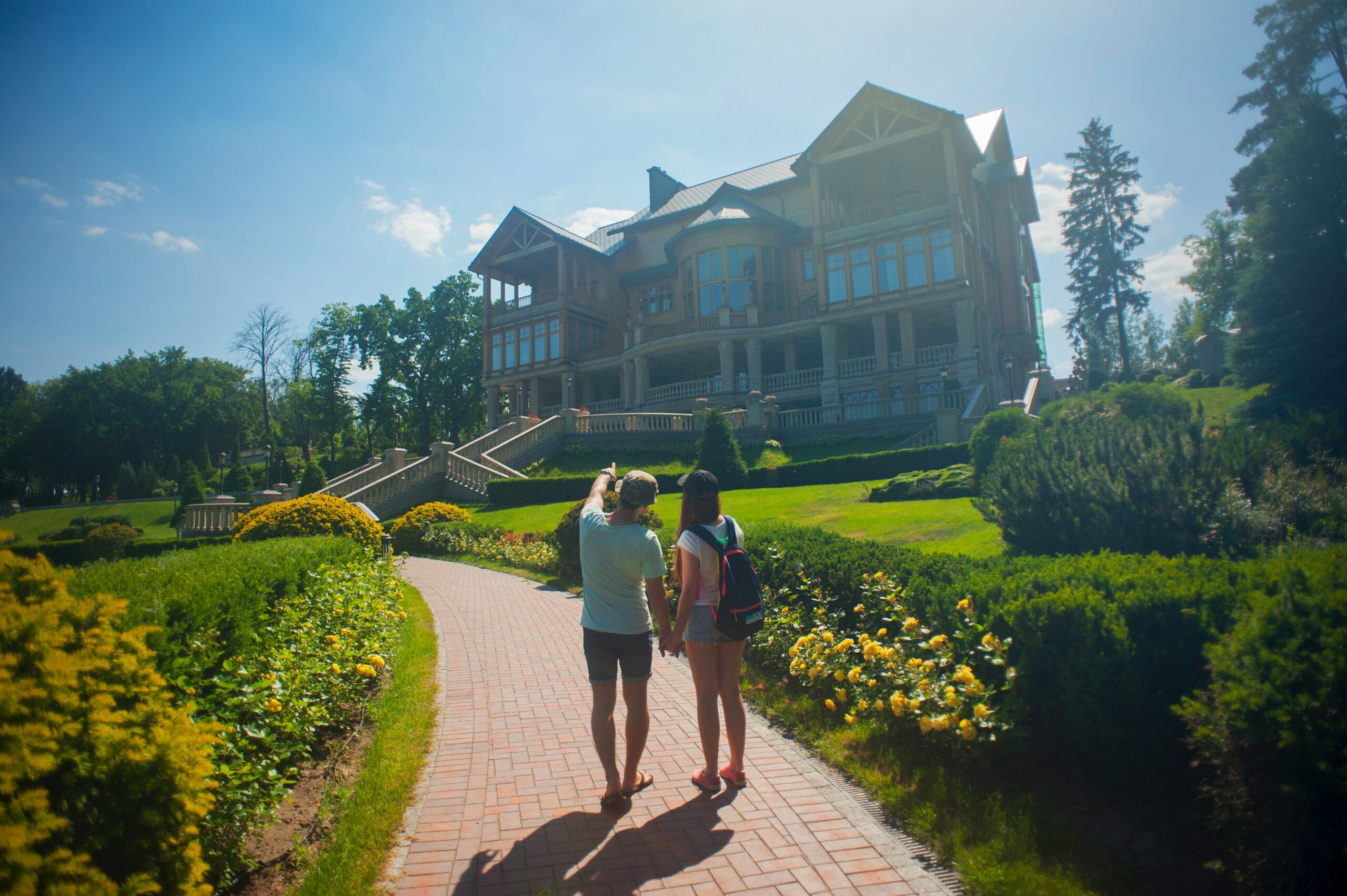Choosing the right roof for historic/older homes
Anyone with an idea on homes will know that the roof is arguably the most important part of the building. An unbefitting roof can make a beautiful house look quite ordinary. For historic or older homes, this is even more so. The roof is more than a shelter, it particularly impacts the architectural beauty of your home.
Of course, most historic or older homes were made with less durable materials than we have these days. It is now common to see remodeling experts put a modern roof on a historic home. This is not a bad idea. The intent is to preserve your home with modern superior materials. The goal however is to make sure that the architectural beauty of your older home is still preserved.
Do you intend to repair or replace the roof of your historic home? Choosing the right roof for your historic home requires more attention than any other home. The wrong roofing material can ruin the splendor of your historic or older home.
But you shouldn’t worry. At GBC Remodeling, we know all about making your home look magnificent, and here’s our guide on how to choose the right roof for your historic home.
Preparing to repair/replace the existing roof of a Historic Home
Needless to say, it is important that your historic home be repaired by an expert with the necessary materials and techniques. As the owner of a historic home, there are a number of steps you should take if you’re interested in giving your home a masterpiece roof.
-
Search for a qualified roofer
There are quite a number of good roofers out there, but there are few of them with the expertise to handle the roofing of historic or older homes. You don’t want to contract a novice for this delicate business. The first step is to make sure you find a roofer that not only has experience with preserving historic homes but has also worked with the peculiar roofing material you require.
-
Assess the extent of work to be done
It’s pointless jumping into the repairs and not being able to finish it appropriately. An assessment will help you determine the extent of the work to be done, and whether or not there are other maintenance to be made before proceeding with roof repairs. This may require getting into the roof or checking out the attic of the home.
-
Conduct a professional evaluation
A professional and expert roofer will know that an evaluation of the roof must first be made. This will involve identifying the type of historic home it is, inspecting the existing house and roofing plans, along with the building specifications. These will aid the contractor in deciding whether to follow the existing roof plans, make slight alterations where necessary, or discard the existing plan altogether for a better one.
Historic homes roofing materials – and which is best for you
Ideally, the material you select for your historic roof should be not just historically accurate but also safe and reliable. Below we’ll discuss the most commonly used for historic roofs.
-
Wood Shingles
Wood shingles were popular in all periods of building history and are in fact America’s oldest natural roofing material. There are however differences in their sizes and shapes, depending on the region. White pine was commonly used in New England and the Delaware Valley, cypress and oak in the South; and red cedar or redwood in the far west.
In some instances, a protective coating (such as a mixture of brick dust and fish oil, or paint made of red iron oxide and linseed oil) was applied to increase the durability of the shingle. Wood shingles look great on a variety of home styles and can generally last for about 25 to 30 years.
Disadvantage: The lifespan of some wood shingles may be limited by normal organic decay and “wear.” The flat surfaces of wood shingles may erode due to wet climate or exposure to ultraviolet rays.
Prolonged moisture on or in the wood allows moss or fungi to grow, which will further hold the moisture and cause rot.
Even more so, fire codes in certain places may not permit their usage.
-
Slate
Dating back to the 1700s, slates were initially mostly imported from Wales. Following the end of the Civil War, the development of canals and railroads in the mid-19th century made American slate more accessible and economical.
What particularly made slates popular were their durability, fireproof qualities, and aesthetic potential. Also, slates were available in different colors (red, green, purple, and blue-gray) and made many 19th century roofs (Gothic and Mansard styles) more aesthetic.
Slate is still a popular roofing material among European, French chateau, and Colonial homes. It is now common however to see the old slate replaced with synthetic slates that are lighter and more affordable, although less durable.
Disadvantage: Even though slate and tile are recognized as perhaps the most durable roofing materials, there may be some disadvantages to them.
They may be subject to erosion and to attack by airborne and rainwater chemicals that may cause the slates to wear at nail holes, to delaminate, or to break. Also, slate is susceptible to breakage by ice, or ice dams during winter.
-
Metal
Metal (lead, copper, zinc, tin plate, terne plate, and galvanized iron) are also preferred roofing materials for historic homes. Metal roofing in America was predominantly a 19th-century sensation.
Prior to this moment, the popular metals for roofs were lead and copper, with copper rolls and sheets used in the late 1700s. Metal roofs pair well with cabins, cottages, and bungalow-style homes. Like slate, copper roofs are expensive and may have a lifespan of over 100 years.
The establishment of rolling mills introduced low-cost, lightweight, and low-maintenance metal roofing. These sheets are often painted red or ‘green patina’. It is now common to see metal roofing materials that include aluminum, zinc, tin alloys – and even stainless steel.
Disadvantage: Sheet metals are prone to deterioration as a result of chemical action caused by airborne pollutants, acid rainwater, and acid from lichen or moss. The sheets may also rust if they are not well-painted or plated.
-
Clay Tiles
Clay tiles are typically made from terra cotta and were widely used by European settlers in the 1700s in parts of the United States. The pantiles (S-curved tiles) and the flat roofing tiles however became popular in Jamestown, Virginia. In some cities like New York and Boston, clay was a better option and precaution against popular fire incidents.
Clay tiles are the choice roofing materials for Mission, Spanish Colonial styles, and the latter Romanesque Revival. In modern-day, they’re now of common use due to their fire-resistant qualities.
In addition to their non-combustible attribute, Clay tiles have a lifespan of about 40 to 50 years. Nonetheless, they’re heavy and do not usually support much weight. They also tend to crack or break if hit by tree branches or walked on improperly.
Choose GBC Remodel for the repair or reroofing of your Historic Home
The suitable roofing material you should use for your older or historic home will no doubt be decided by a lot of factors. However you choose to go about it, you have to engage the services of an expert company.
At GBC Remodel, we pride ourselves on being San Diego’s #1 Remodeling Company. Preserving and restoring roofs of buildings that are historically, architecturally, and culturally significant is our specialty.
Our quality work and second-to-none service speak for itself. For your remodeling work in San Diego and the rest of California, get in touch with us here or call us on 858-519-1003.





